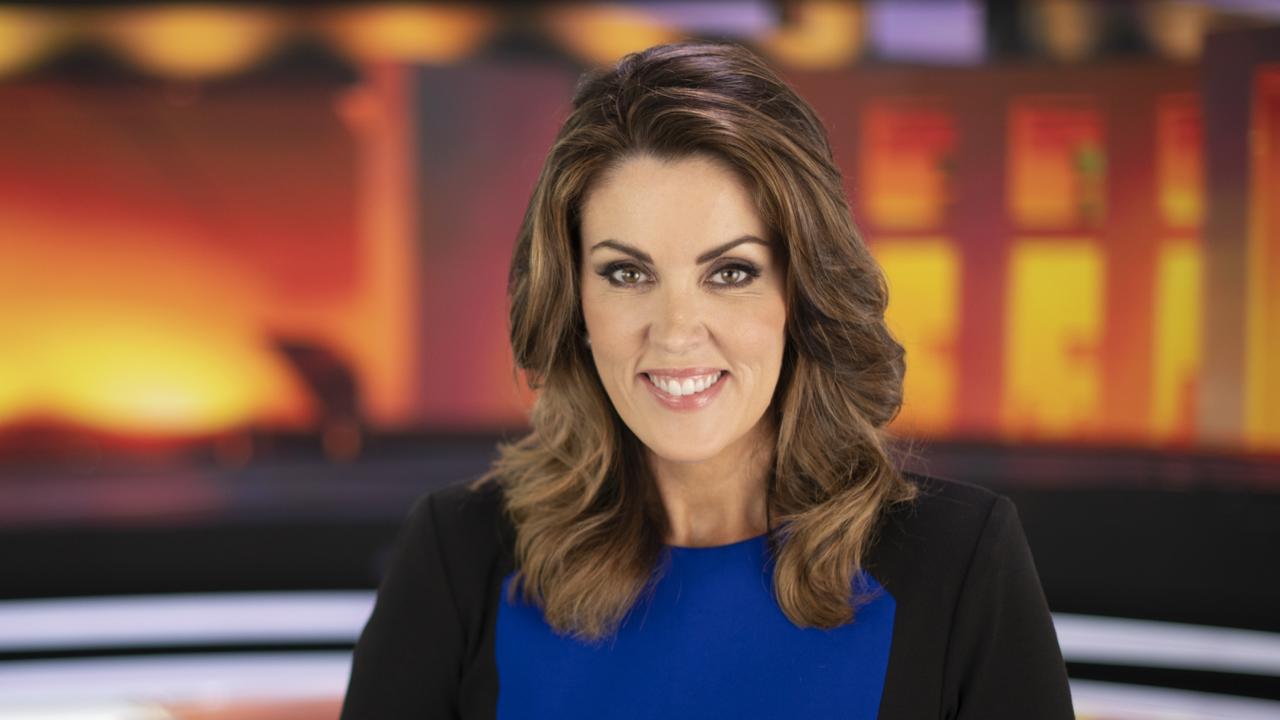Federal election 2019: What’s in it for you? Coalition v Labor’s policies compared
There are some similarities but there are also major differences between the two major parties and what they’re offering Australian voters. SEE THEIR POLICIES COMPARED

Confused by weeks of campaigning? Not sure who to vote for today?
These are the sweeteners and promises on offer from the two major parties to help make up your mind.
FAMILIES
The Coalition is focusing on online safety for kids and changes to allow families to split paid parental leave into blocks of time off.
FAMILIES HIT BY BIG ELECTION TAX CUT CON
BIG PROBLEM WITH THE CHILDCARE SUBSIDY
CHILDCARE
Families will get cheaper childcare and preschool for three-year-olds, while childcare workers will get an $11,300 pay rise if Labor wins the election.
Labor has pledged to make childcare fee for 372,000 families with incomes of up to $69,000 a year. A further 511,000 families earning less than $174,000 will get childcare fee reductions. Bill Shorten has pledged to freeze fee increases and enact price control if childcare providers try to raise their fees. Labor has also pledged the government will pay to lift the wages of childcare workers by $11,300. The Government recently increased childcare subsidies but plans no further changes.
WORKING MUMS TAXED 120 PER CENT
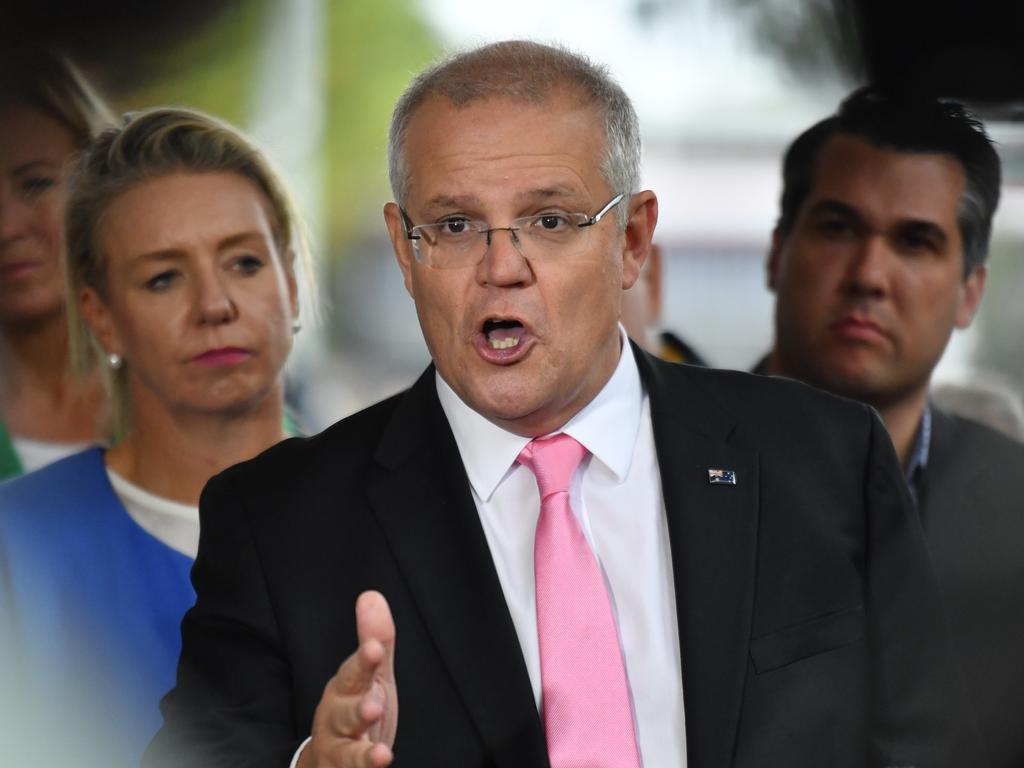
PRESCHOOL
Labor will extend government funded preschool to three year olds at a cost of $1.75 billion. The Coalition is only funding preschool for four-year-olds.
Aussie preschools risk falling behind the world
PARENTAL LEAVE
The government is allowing families to split their government-funded Parental Leave Pay into blocks to make it more flexible.
Under Labor, the government will pay superannuation contributions for mothers and fathers on government parental leave and people who earn less than $450 a month
DOMESTIC VIOLENCE
The government is providing $78 million for women and children escaping domestic violence, including investment for more housing options, $67.2 million worth of projects through a Women’s Economic Security Statement and $10.9 million towards 1800RESPECT, a 24 hour phone counselling service.
Labor has promised domestic violence victims $660 million for early intervention and education, as well as frontline services, including 20,000 Flexible Support Packages of up to $10,000 to support people escaping family violence. This would include help to pay rent, buy furniture, transport and medication, home security and transport costs. Labor will also legislate 10-days paid domestic violence leave.
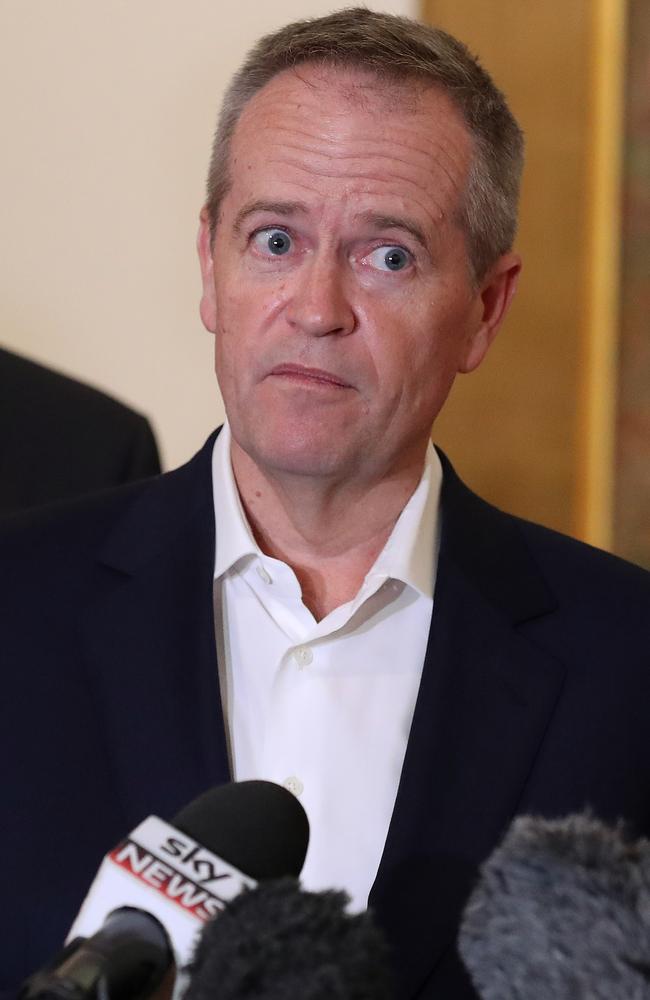
HEALTH
Health is a major point of difference between the major parties in this election.
Labor is promising a multi-billion injection of funding for hospitals, cancer, pharmaceutical and dental care while the Coalition’s health promises are smaller and will be matched by Labor.
HOSPITALS
Labor is promising to fund 50 per cent of the growth in public hospital services, the Coalition only 45 per cent. Labor is also promising to spend over $1 billion to cut cancer and elective surgery waiting lists and fund extra emergency department care.
EXCLUSIVE: SHOCK WAITING LISTS AT HOSPITALS REVEALED ACORSS AUSTRALIA
CANCER
Labor will spend $2.3 billion to raise the Medicare rebate for cancer scans, medical tests and specialist appointments to cut out of pocket medical expenses. It will also spend money to cut public hospital waiting lists for cancer surgery. The Coalition denies public patients face out of pocket expenses for cancer treatment but Prime Minister Scott Morrison says he’ll consider Labor’s policy in the context of next years budget.

PRIVATE HEALTH INSURANCE
Labor will cap health fund premium rises at two per cent for two years and hold a Productivity Commission inquiry into health funds, but has refused to guarantee the tax rebate for insurance. The Coalition has streamlined health cover into four categories and provided a 10 per cent discount for the young, but the tax subsidy for health cover has dropped from 30 to 25 per cent on its watch.
SHOCK REALITY OF HEALTH INSURANCE PENALTY
MEDICINE SUBSIDIES
From 2020 the Coalition has promised to cut from 80 to 60 the number of scripts a pensioner needs to fill to get free medicine, saving them $80. General patients will only need to fill 36 scripts, down from 38 to get cheaper medicines, saving $70 a year. Labor will match this $308 million promise. Both sides have committed to subsidise all medicines recommended by the government’s independent medicines advisory committee.

DENTAL
Under Labor, Medicare’s child dental scheme will be extended to pensioners and seniors card holders to cover $1,000 worth of private dental care every two years. The Greens support this policy and also want it extended to welfare recipients. The Coalition has refused to match the Medicare dental pledge.
SIX-YEAR WAIT FOR DENTISTS REVEALED
GP CARE
Both Labor and the Coalition will lift the five year freeze on Medicare rebates in July. Both will spend $448.5 million to support GPs to deliver co-ordinated care to the over 70s. Labor will set up a Health reform Commission to consider ways to boost GP funding.
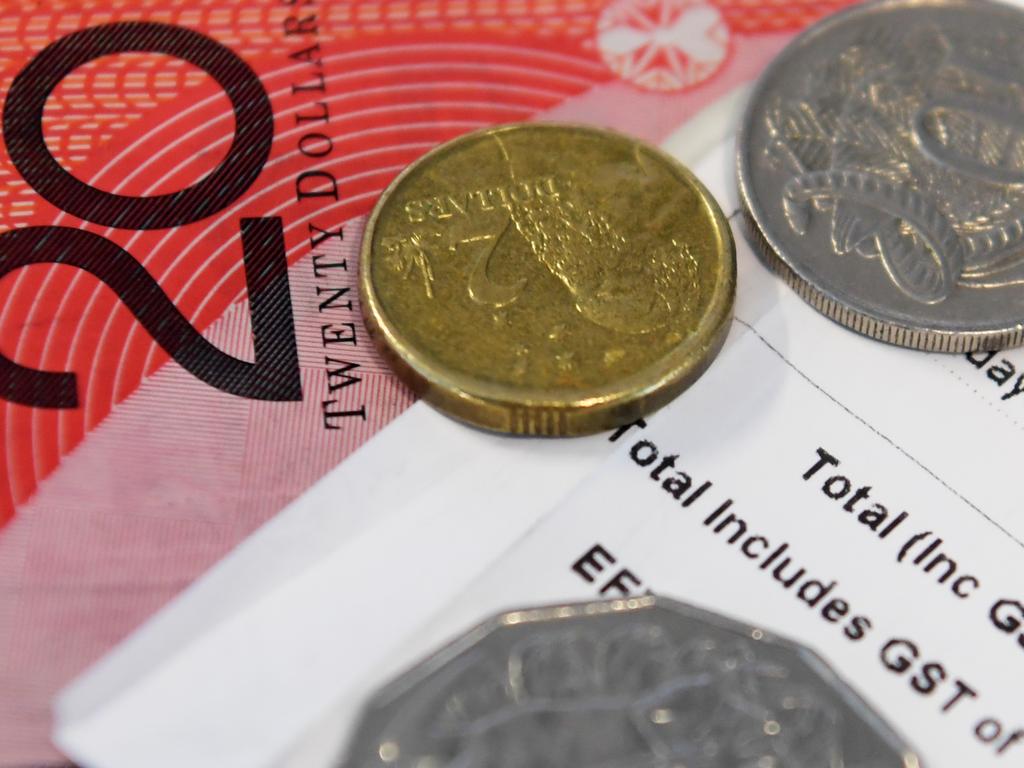
TAX
INCOME TAX
The Government and Labor have quite similar plans for personal income tax relief in the short term, with workers on $48,000 to $90,000 to get $1080 back in 2018-19 ATO returns; ditto next financial year and 2020-21. Labor is offering slightly more assistance to lower-income workers.
Scott Morrison wants to deepen already legislated tax cuts set for 2022-23 and 2024-25. Bill Shorten opposes the deepening — and the future savings that have passed parliament.
Looking at 2022-23, a worker on $99,000 now could expect to lose about $1000 if Labor gets its way.
Mr Shorten would also reintroduce the budget repair levy which collects $200 per $10,000 of earnings above $180,000.
NEGATIVE GEARING
Outside income tax, most of the other key changes are Labor’s.
The Opposition intends to limit negative gearing so it only applies to new houses and to slash the capital gains tax discount in half. This would not apply to property bought before January 1 next year. The moves are said to swell Treasury’s coffers by more than $30 billion over 10 years.
EDUCATION
SCHOOLS FUNDING
Labor is promising $14 billion in additional funding for every public school across the country. It is also committing to fund free swimming lessons for all school kids and to provide additional funding for extra swimming lessons for schools with student populations that need it, in the form of catch-up lessons.
The Coalition is committing to $307.7 billion in recurrent funding to all schools over 10 years, with national funding per student for all sectors continuing to increase, growing on average by four per cent each year until 2029. Some $30.2 million in 2019-20 has also been committed to establishing the Local School Community Fund to support priority projects in local schools that benefit students and their communities.
The Government is also offering $9.5 million over four years from 2019-20 to establish new online courses and resources for the teaching of mathematics and phonics and $5 million over three years from 2019-20 for Life Education Australia, to develop a new range of free training resources to help teachers support the social and emotional needs of students.
ELECTION PROMISES FOR AUSSIE MILLENNIAL VOTERS
HIGHER EDUCATION
Labor is committing to a $10 billion investment in universities — uncapping university places so an extra 200,000 Australians will be able to go to uni. It is also promising 100,000 fee-free TAFE places and a $100 million fund to rebuild TAFE campuses.

TRANSPORT
The Coalition is investing $100 billion into transport infrastructure, including the Brisbane Metro, Gold Coast Light Rail and North Coast Rail in Queensland, Western Sydney Rail in NSW, Melbourne Airport Rail Link, Monash Rail and the Frankston to Baxter upgrade in Victoria, Flinders Rail Link and Gawler Electrification Project in South Australia, METRONET in Perth and Canberra Metro in the ACT.
Labor is promising a $1 billion high-speed rail line linking Brisbane and Melbourne via Sydney and Canberra. The bullet-style entrain could cut the journey from Brisbane to Sydney to just 2½ hours.

SUPERANNUATION
FRANKING CREDITS
Most of the changes here come from Labor.
It plans to end cash refunds on franking credits for self-funded retirees. That’s estimated to boost the Budget by about $50 billion over a decade.
At least 840,000 people will be affected, with some anticipating to lose well over 10 per cent of their retirement income.
The refunds are for the company tax paid by banks and others on the dividends to shareholders who don’t have taxable income — usually because they are living on their super.
Labor has offered a “guarantee” that anyone receiving a pension won’t be affected, but critics say some will still miss out.
The Coalition has no plans to change franking credits and calls Labor’s move a “retiree tax”. Bill Shorten has said the refunds are a “gift”.
FRANKING CREDITS: WHAT THE EXPERTS ADVISE
AUSSIES WHO’LL BE WORST HIT BY LABOR’S ‘RETIREE TAX’
LABOR’S $56 BILLION RETIREMENT CON
CONTRIBUTIONS
For those still building their nest egg, there are also things to note.
Labor would axe catch-up concessional contributions and it would lower the 30 per cent contributions tax threshold to $200,000 from $250,000, which will cost at least 180,000 Australians a minimum $2500 every year.
The Coalition isn’t proposing to make any cuts in these areas.
The only change it has flagged is for those aged 65 and 66 to be able to contribute to super without having to pass the work test.
DEFENCE
Labor will commit to a $105 million investment in defence industry infrastructure, notably in shipyards of Western Australia, backing the Coalition’s move to already build three new warships in WA. This matches Coalition policy.
Labor has also pledged to initiate Australia’s ‘force posture review’, the first review since 2012, to determine whether Coalition asset acquisition — including 72 F-35 joint strike fighters, 12 submarines, nine frigates and more than 200 combat reconnaissance vehicles — is still best placed to meet changing strategic needs. Both the Coalition and Labor have committed to spending 2 per cent of GDP on Defence.
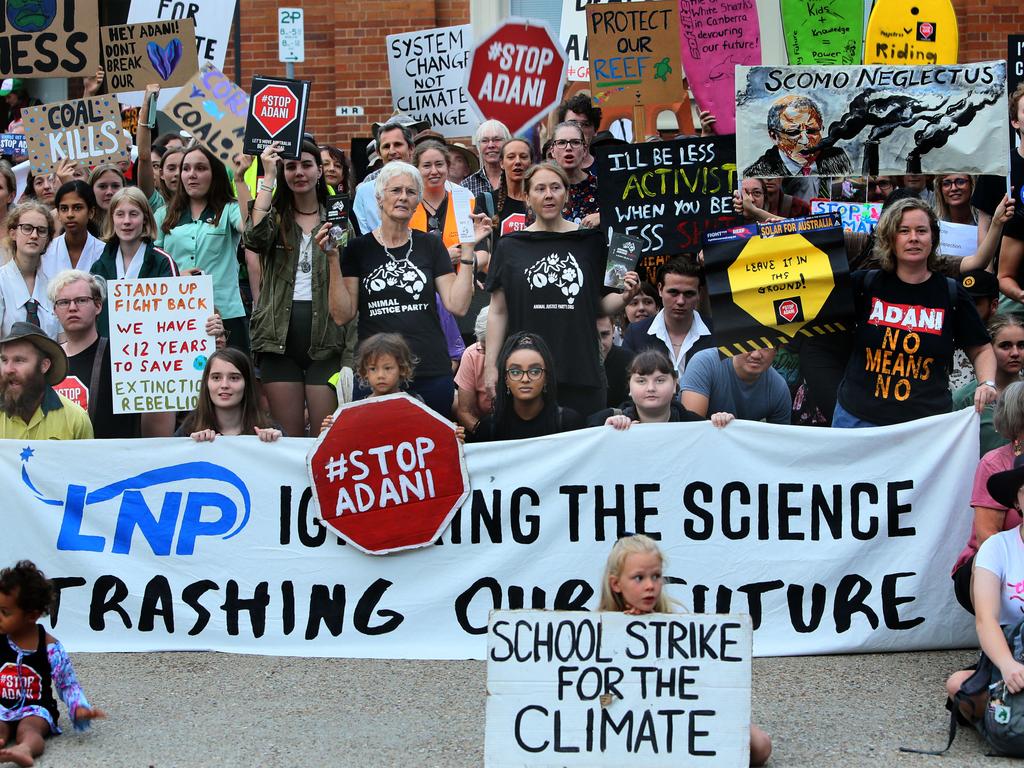
CLIMATE
POWER PRICES
The Coalition has pledged to slash power prices by 25 per cent through reducing the spot price in the national electricity market, setting a “price target” that would save consumers as much as $185 a year on their power bills. They also plan to underwrite new power generation and will conduct a feasibility study into a new coal fired power station in Queensland. Snowy Hydro 2.0 will also be built to increase storage and reliability.
Labor wants to implement Malcolm Turnbull’s National Energy Guarantee, which the Coalition last year said would slash household power bills by up to $550. Labor will give subsidies for batteries to store solar energy and increase support payments for households that install solar panels.
WHY YOUR ENERGY BILLS COULD GET CHEAPER
HOW SCOTT MORRISON WILL SLASH POWER BILLS BY 25 PER CENT
RENEWABLES
The Coalition has promised to develop a National Electric Vehicle Strategy to ensure planned and managed transition to new technology and infrastructure.
Labor would boost funding to the Clean Energy Finance Corporation to $10 billion, to support its pledge to ensure 50 per cent of electricity is sourced from renewables and a national electric vehicle target of 50 per cent of new car sales by 2030. They have also pledged a $200 million fund to roll out an electric vehicle charging network infrastructure across the country.
CLIMATE
Labor has pledged a pollution cap for about 250 companies considered the nation’s biggest polluters, which the companies will have to offset with carbon credits. They will also require all large electricity generators give at least three years’ notice of closure.
The Coalition has outlined a $3.5 billion Climate Solutions Package to deliver on the Paris Agreement. There is also a $2 billion Climate Solutions Fund, including environmental projects for farmers, small businesses and indigenous communities.
The Coalition has pledged support for transition to reliable renewables, including Snowy 2.0 and Tasmania’s Battery of the Nation projects. They would also boost pumped hydro storage and allow more clean energy to be exported to mainland.
TRUTH ABOUT ELECTRIC CARS IN AUSTRALIA
Q&A: DUMMIES’ GUIDE TO ELECTRIC CARS
LABOR’S ‘HOUSING TAX’ FOR ELECTRIC CAR PLAN
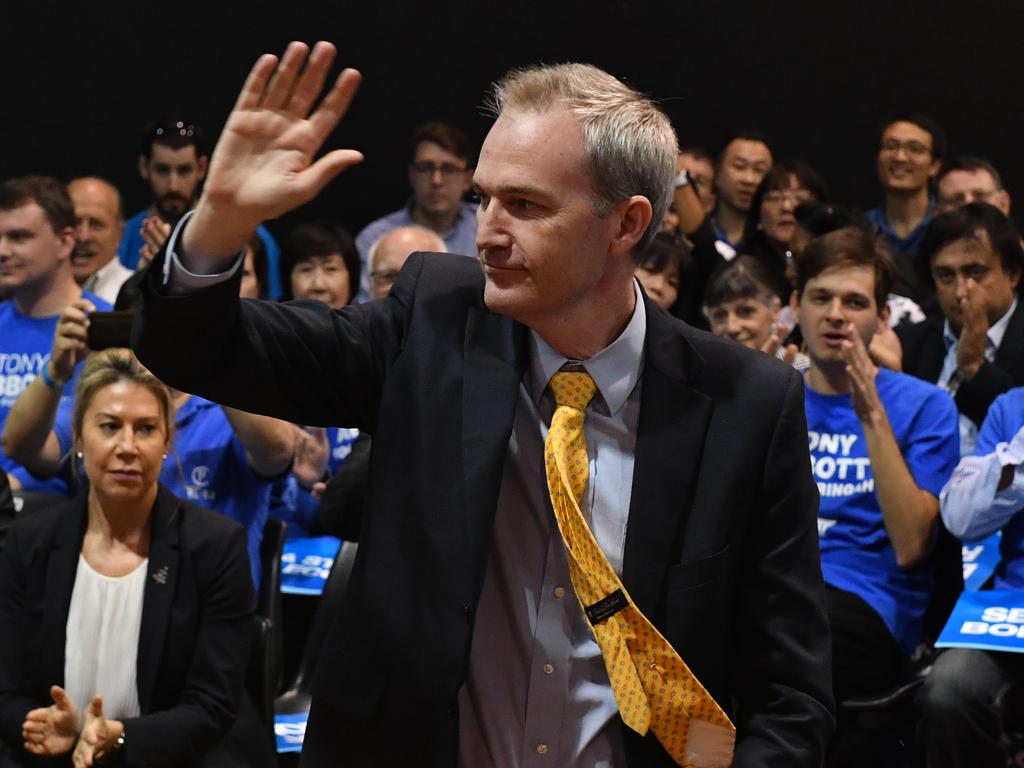
IMMIGRATION
REFUGEES
The Coalition will cap the refugee program to 18,750 people a year for the next term of government and is proposing a new regional visa to have 60 per cent of incoming refugees as women and 40 per cent (of the 23,000 entrants), settle in regional Australia for three years before they can apply for permanent residency. Labor will lift Australia’s annual refugee intake to 27,000 by 2025 and increase the number of privately or community sponsored refugees to 5000 for a total of 32,000 annually.
MIGRATION
The Coalition has announced a new permanent migration level cap of about 160,000 (110,000 skilled and 47,000 family places), down from 190,000. Labor has supported the lower migration cap and has also announced an overhaul to the visa system for foreign workers to prevent cheap labour over local hires
BORDER SECURITY
The Coalition has pledged to maintain a strict policy on borders, denial of permanent residence for those who enter illegally, regional processing and disruption of boats through a better resourced Operation Sovereign Borders program.
Labor has also adopted strong border security and control with support for offshore processing, regional resettlement, and “turnbacks” to end the people smuggling trade. It will also look to triple the number of AFP and Australian Border Force officials overseas to disrupt people smuggling operations. Labor has committed to establish a taskforce to establish an Australian-flagged merchant fleet to better protect supply lines. There are currently only 14 Australian-flagged merchant vessels, down from 100 in the 1990s.
ELECTION OFFICIALS LAUNCH FAKE NEWS CRACKDOWN
VOTERS WORRIED ABOUT FAKE NEWS EFFECTS
TOURISM
Regional tourism and a push to get overseas visitors out of capital cities and into more unexplored destinations is the focus of both major parties.
The Coalition has promised $50 million to develop and revamp the nation’s ageing iconic tourism infrastructure and sites, though little detail has been revealed about how it will work.
Tourism Minister Simon Birmingham is also shortly expected to announce a new policy which will have a focus on further boosting indigenous tourism, which has grown by 40 per cent since 2013. There was $51.2 million in the budget to help grow tourism in Kakadu.
Marketing group Tourism Australia will also get a $5 million budget boost over two years.
Labor recently announced almost $200 million in initiatives aimed squarely at regional tourism.
It included $40 million for grants to improve infrastructure around existing attractions, $30 million towards creating new attractions and $100 million for councils to upgrade regional airport maintenance.
Tourism Australia would also have its remit expanded to include promoting domestic tourism, not just international, but would receive an extra $25 million to do so.
INTERNET TROLLS AND FAKE NEWS
Facebook trolls will be jailed for up to five years under a new Online Safety Act if the Coalition is re-elected.
Social media giants such as Facebook would also be forced to reveal the extent of customer complaints under significant reforms.
Labor will crack down on ‘fake news’ as party of its response to the consumer watchdog’s report into digital giants like Facebook and Google on June 3.
The party has indicated it will pressure tech companies to use technology to “weed out fake pages”.
— Staff writers including Sue Dunlevy, Claire Bickers, John Rolfe, Matthew Killoran, Charles Miranda, Claire Bickers and Mandy Squires contributed to this report.
Originally published as Federal election 2019: What’s in it for you? Coalition v Labor’s policies compared


